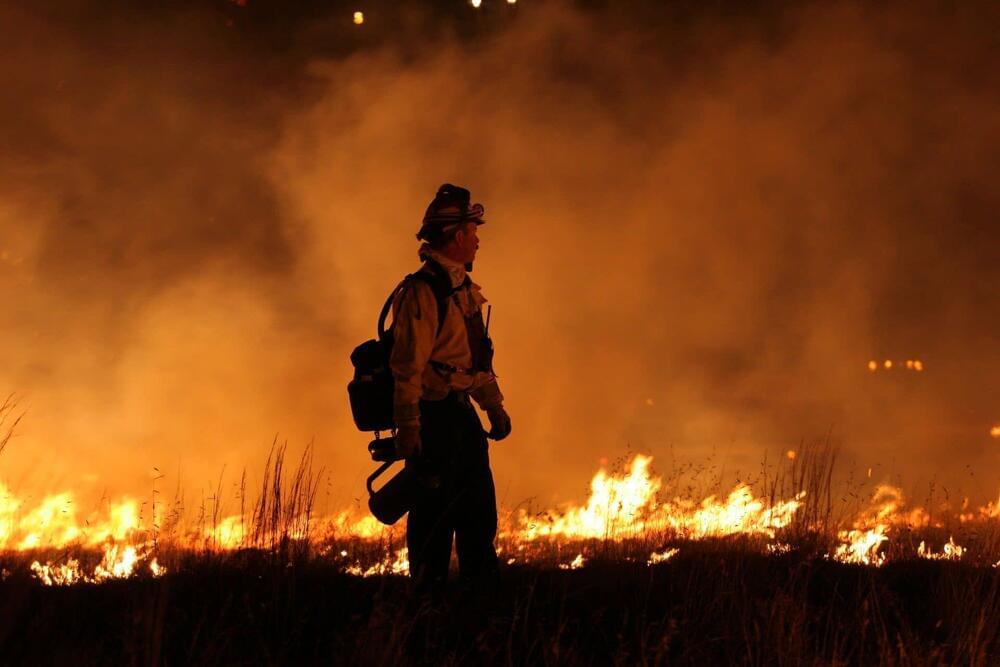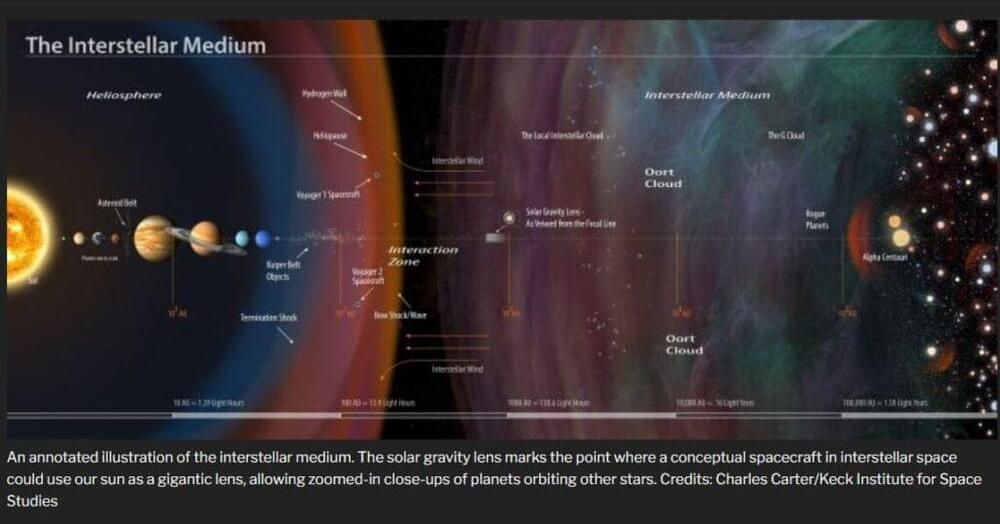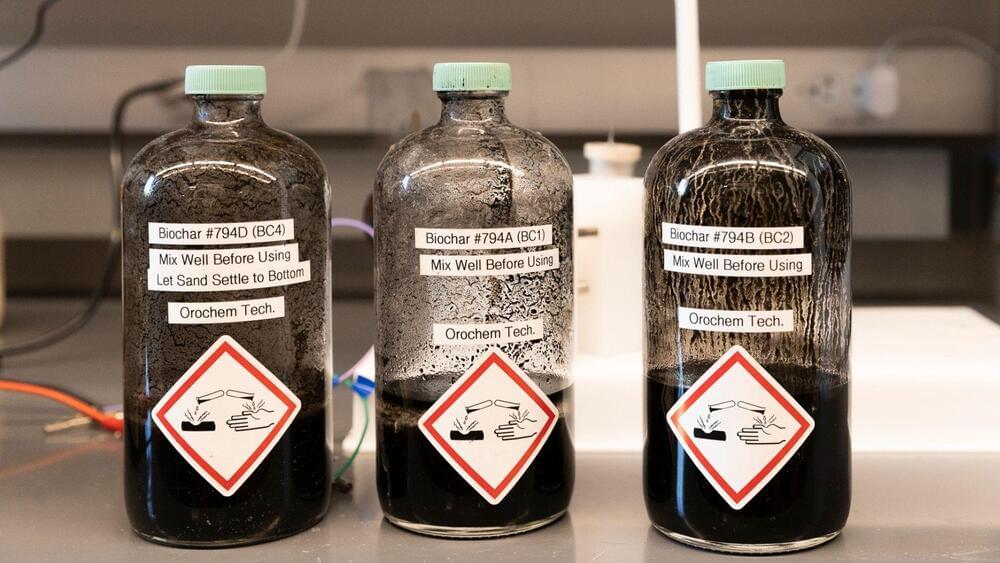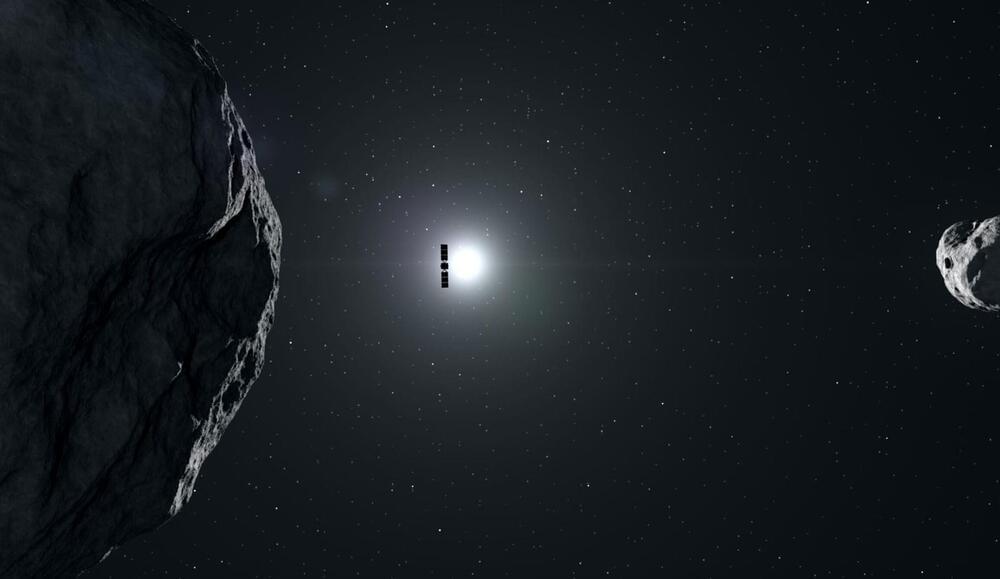So people can change the weather, and science-based weather modification techniques are now employed in over 50 countries according to the World Meteorological Organization. But for every science-based weather-altering technique, there are dozens of pseudoscientific urban legends.
In Cuba, it is believed that a shotgun can stop twisters. Aim at the funnel cloud, pull the trigger, and stop the tornado or waterspout before it touches down. In Puerto Rico, people have suggested installing giant fans in the El Yunque rainforest on the east side of the island to blow hurricanes away. Others have suggested putting fans in Africa to increase the amount of Saharan dust that already enters the Atlantic early in hurricane season, which can dampen fledgling tropical storms. The proposal to tow icebergs from the Arctic down to the tropical ocean to cool it down is equally impractical. No flotilla could bring enough rapidly melting icebergs to cool the vast tropical Atlantic Ocean for the six months of hurricane season.
Given all these fantastical ideas perhaps it should come as no surprise that besides altering the weather, conspiracy theorists also claim HAARP can trigger earthquakes, and, as the Georgia men believed, remotely control minds. The line between harmless urban legend and dangerous conspiracy theory is thin.








